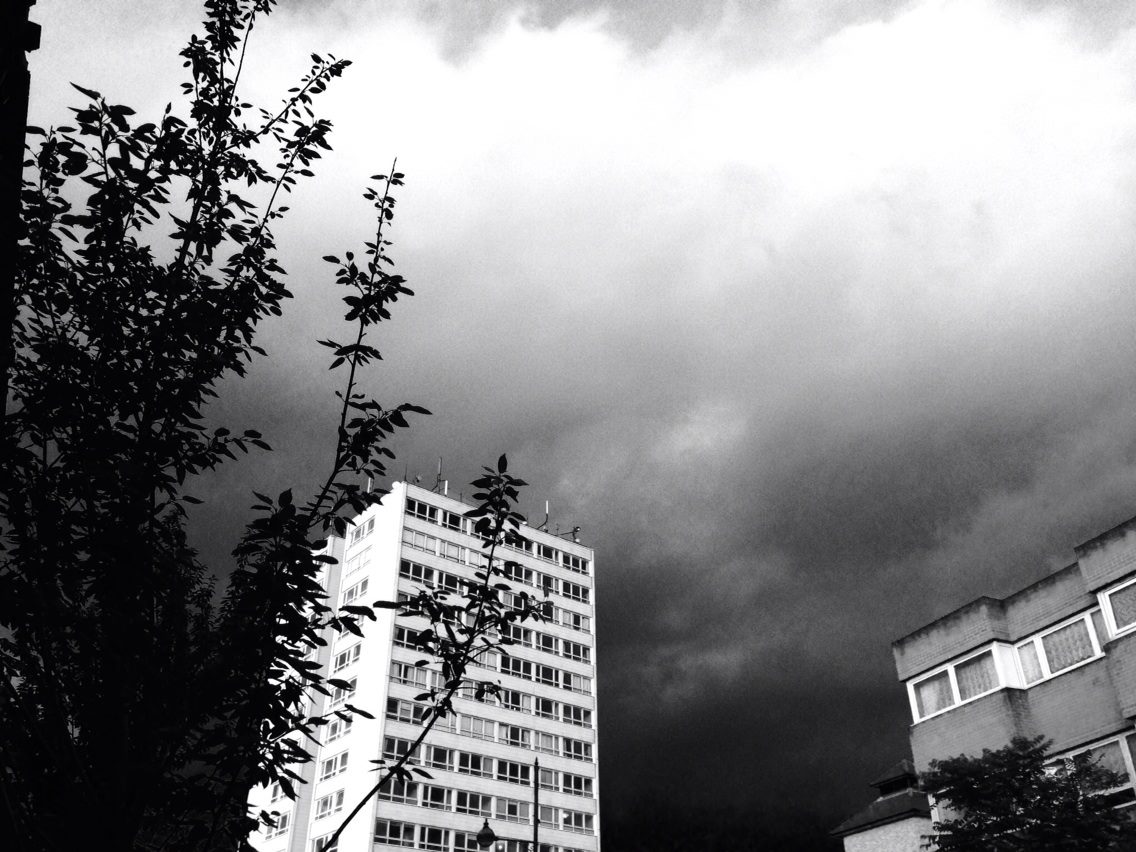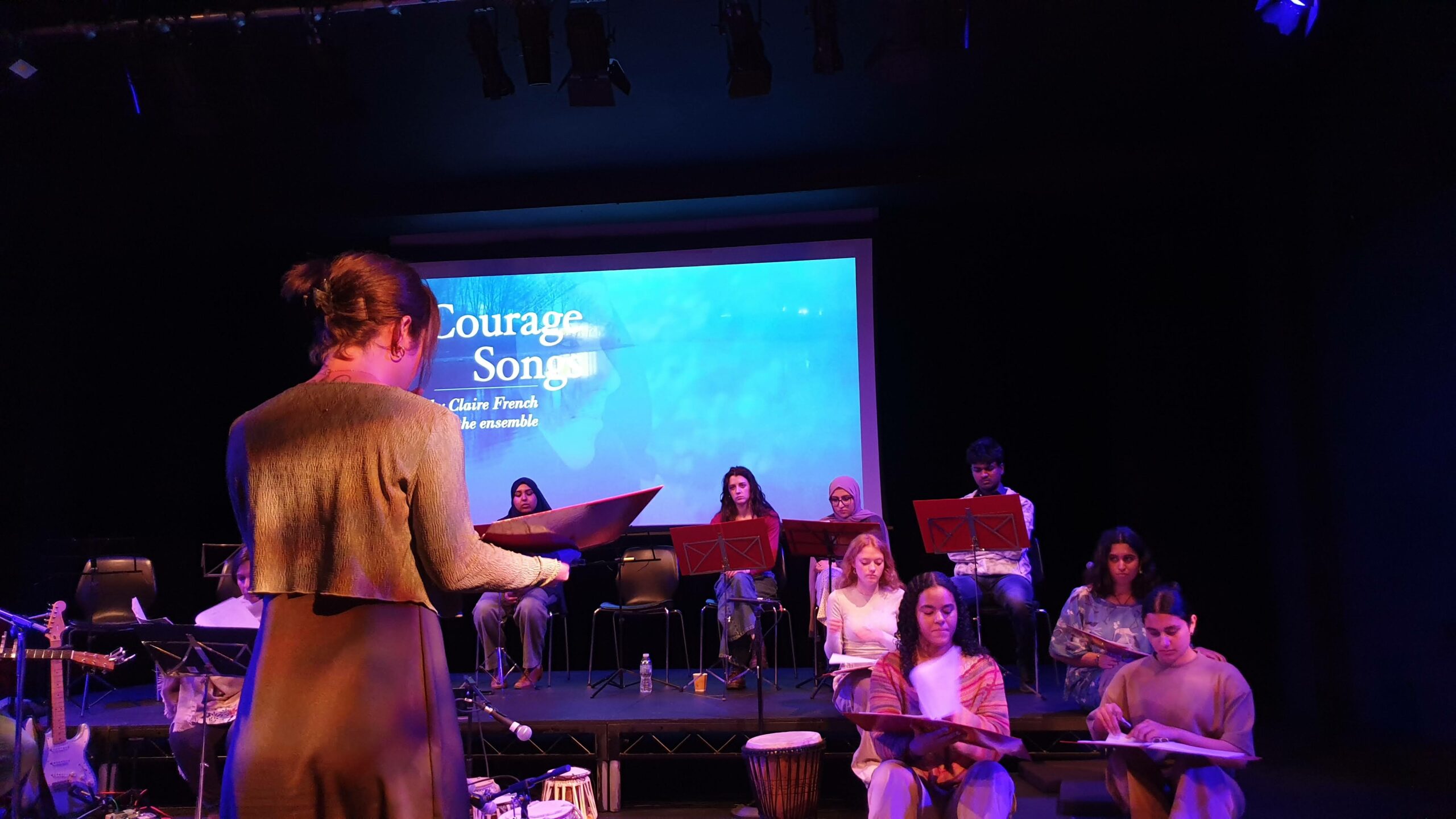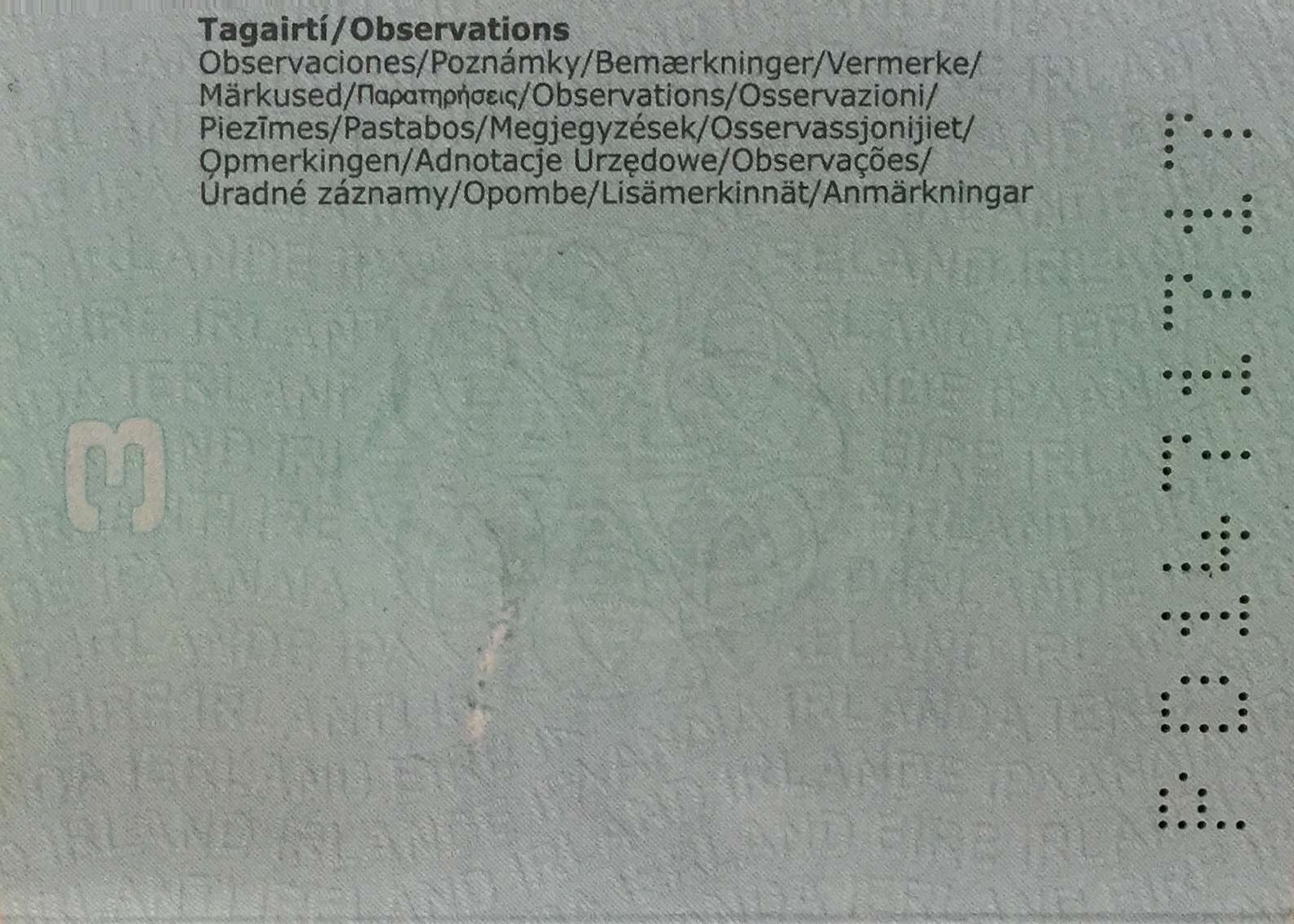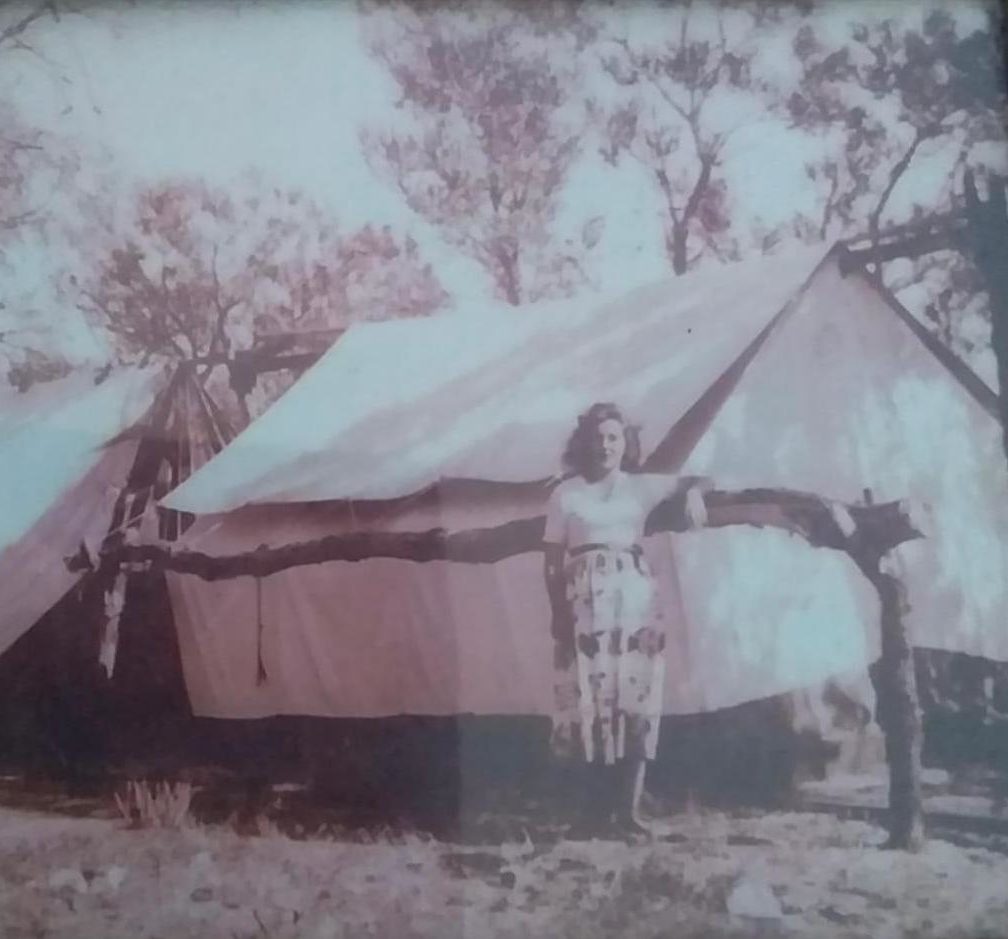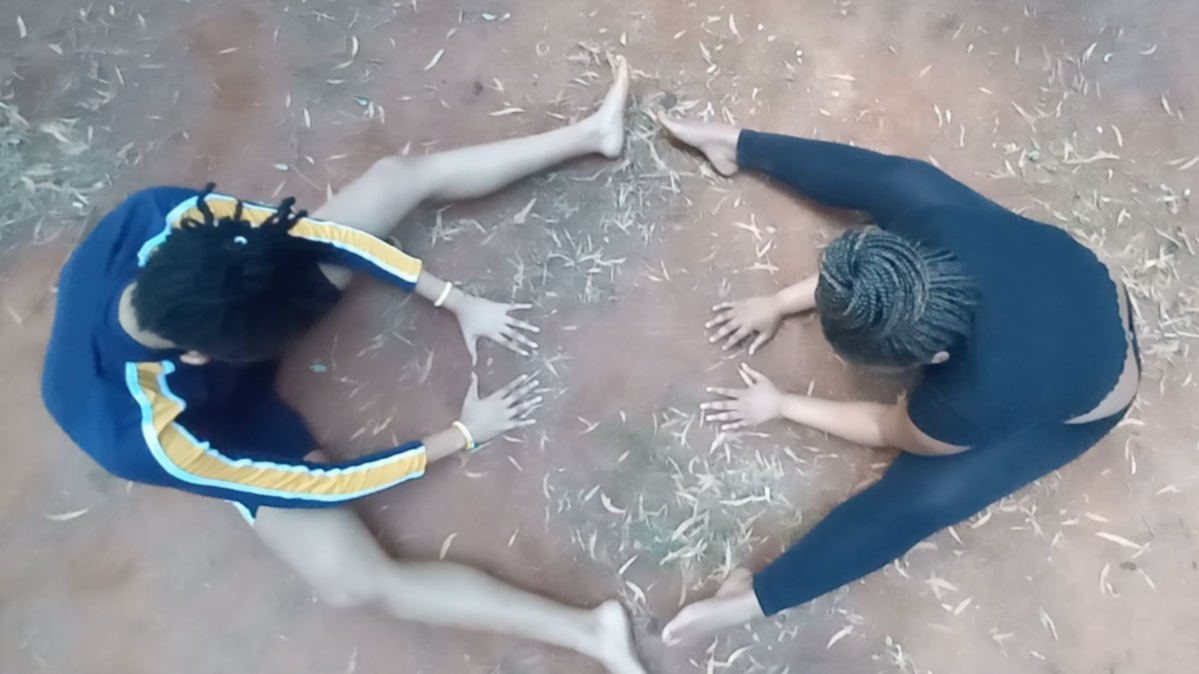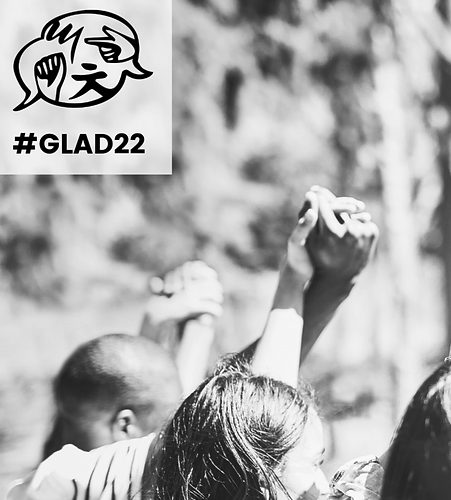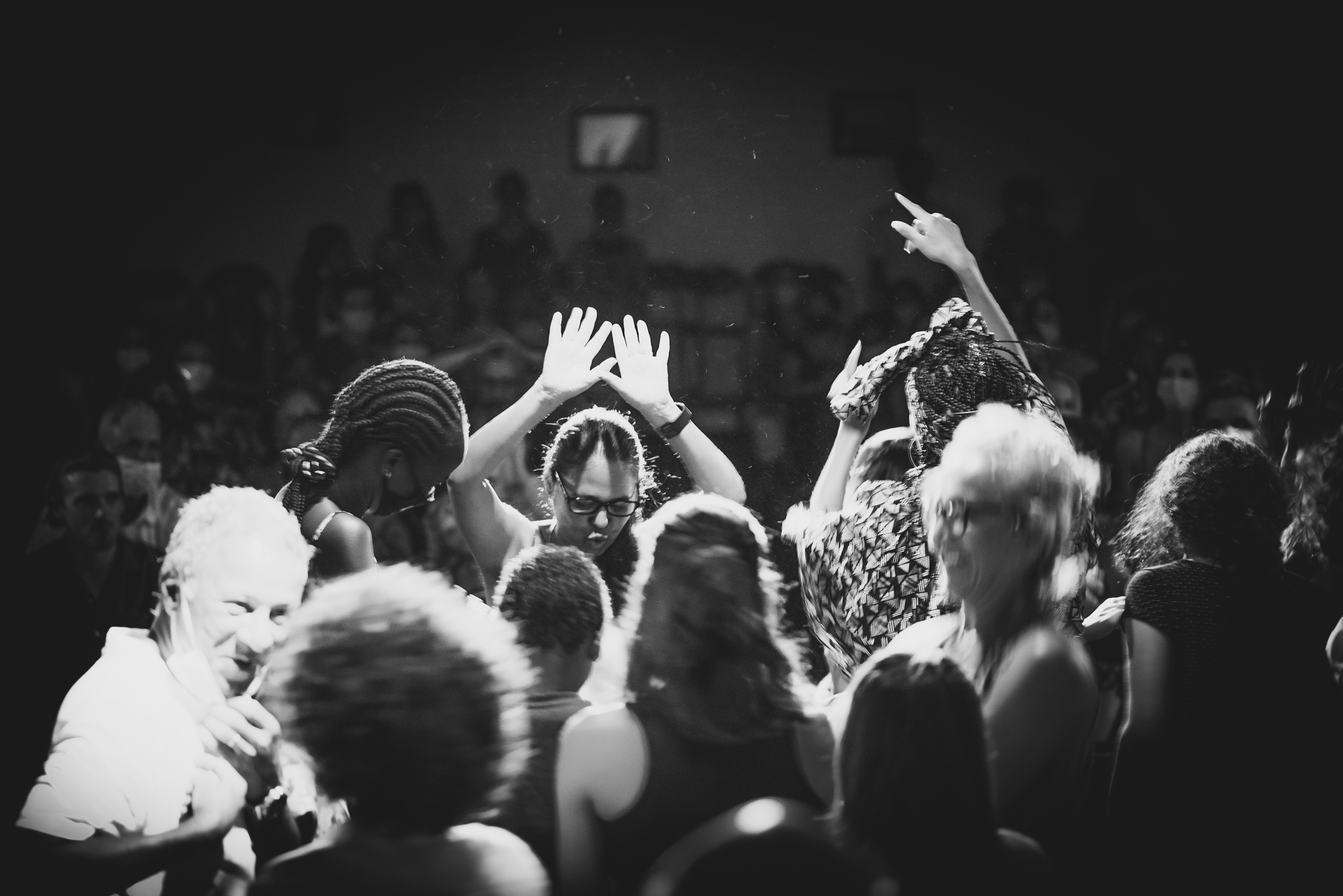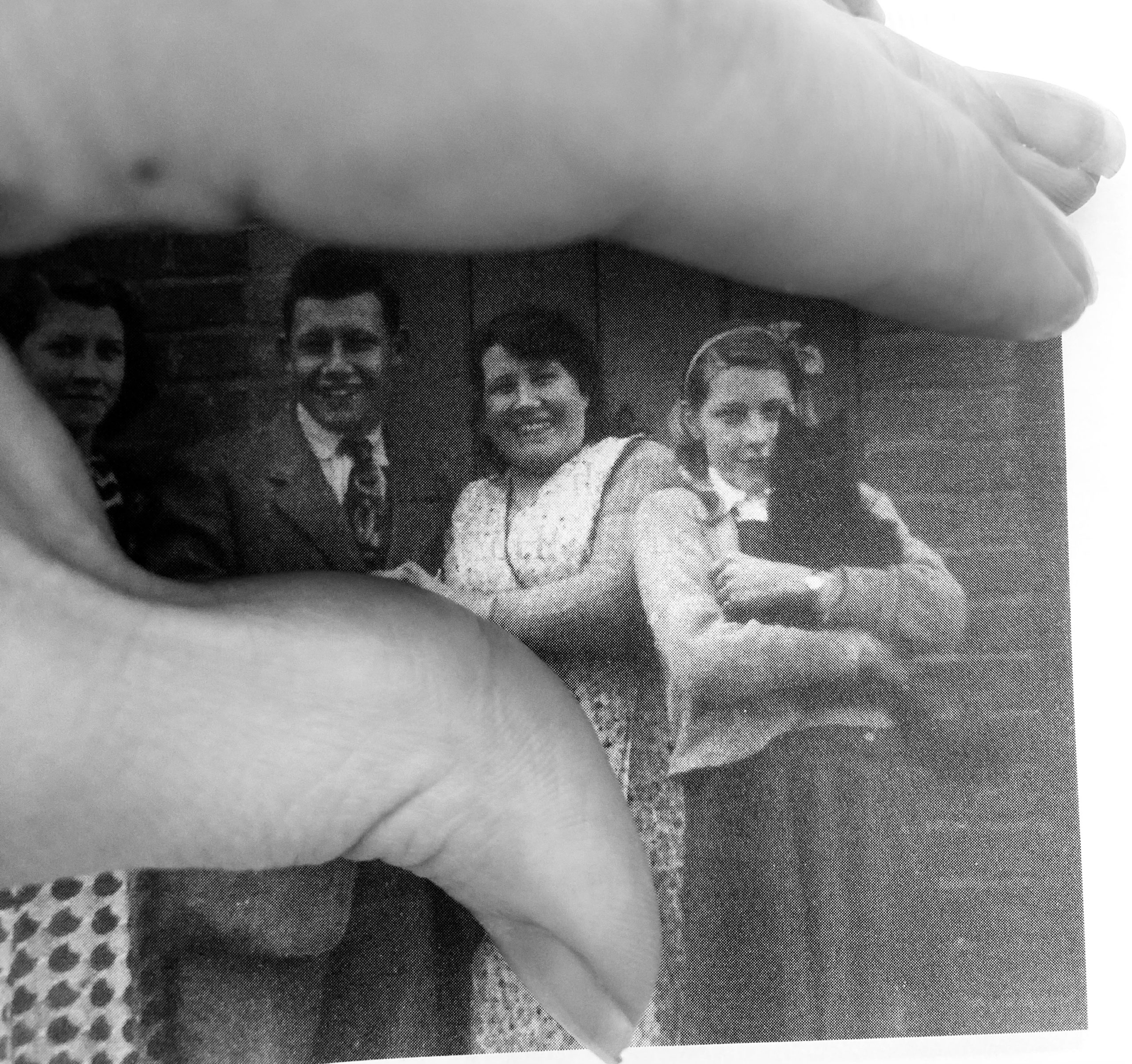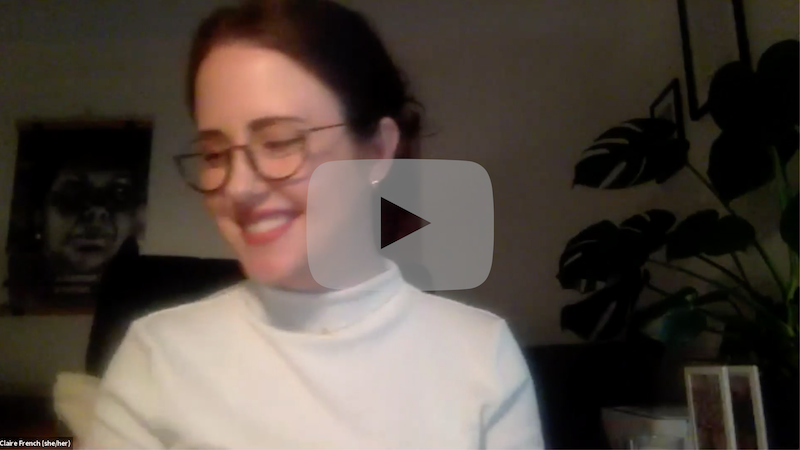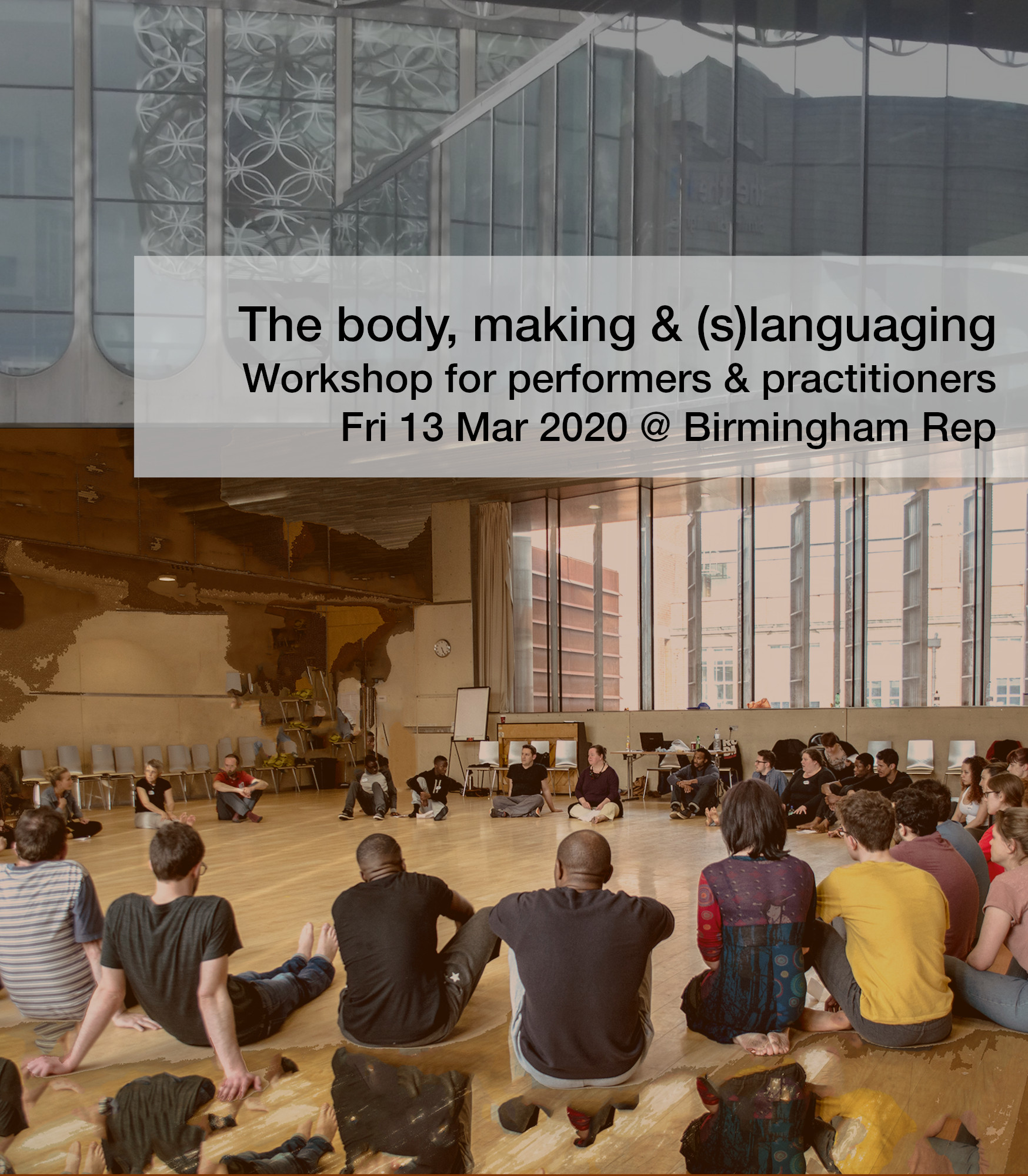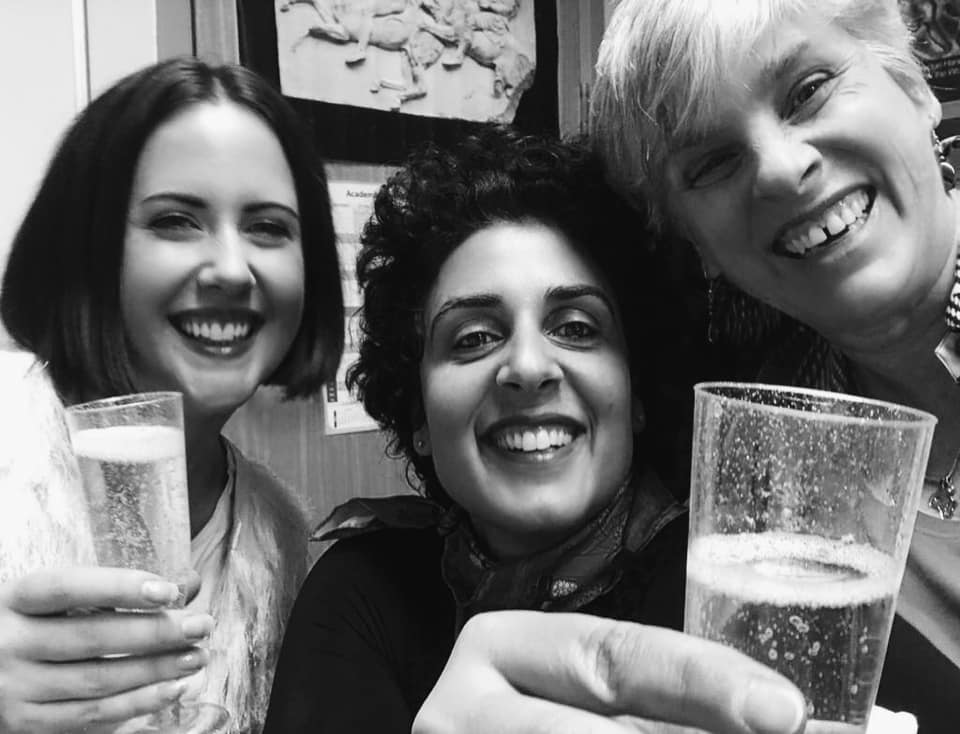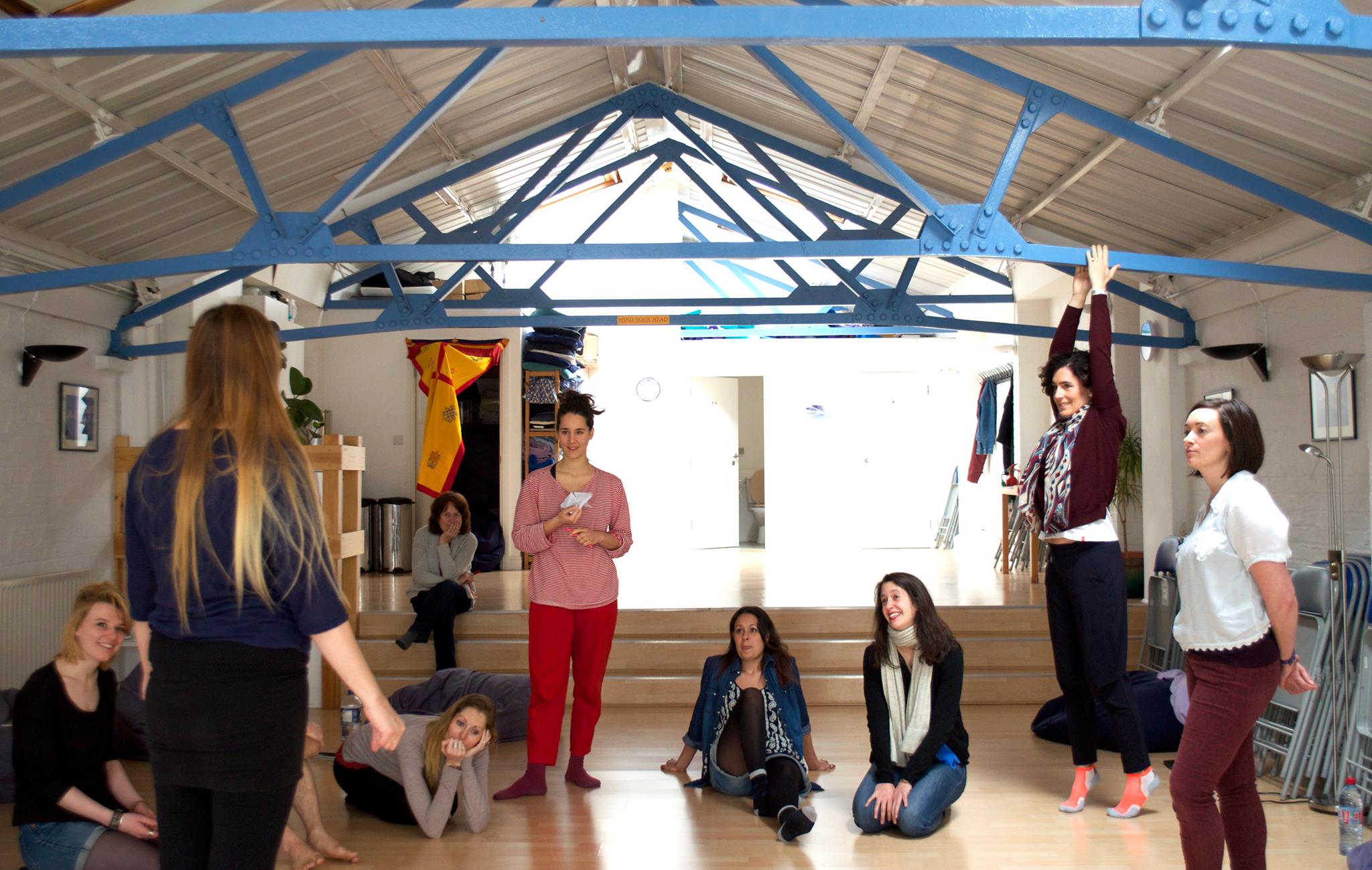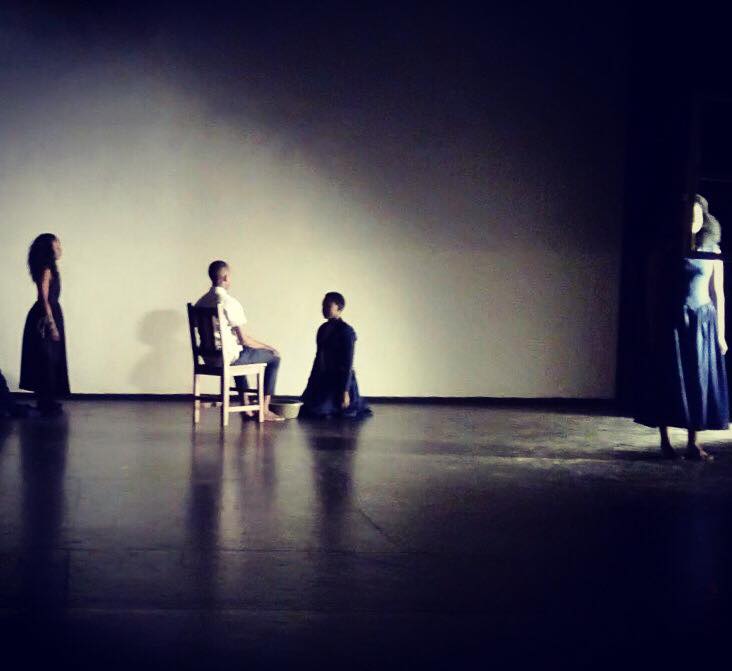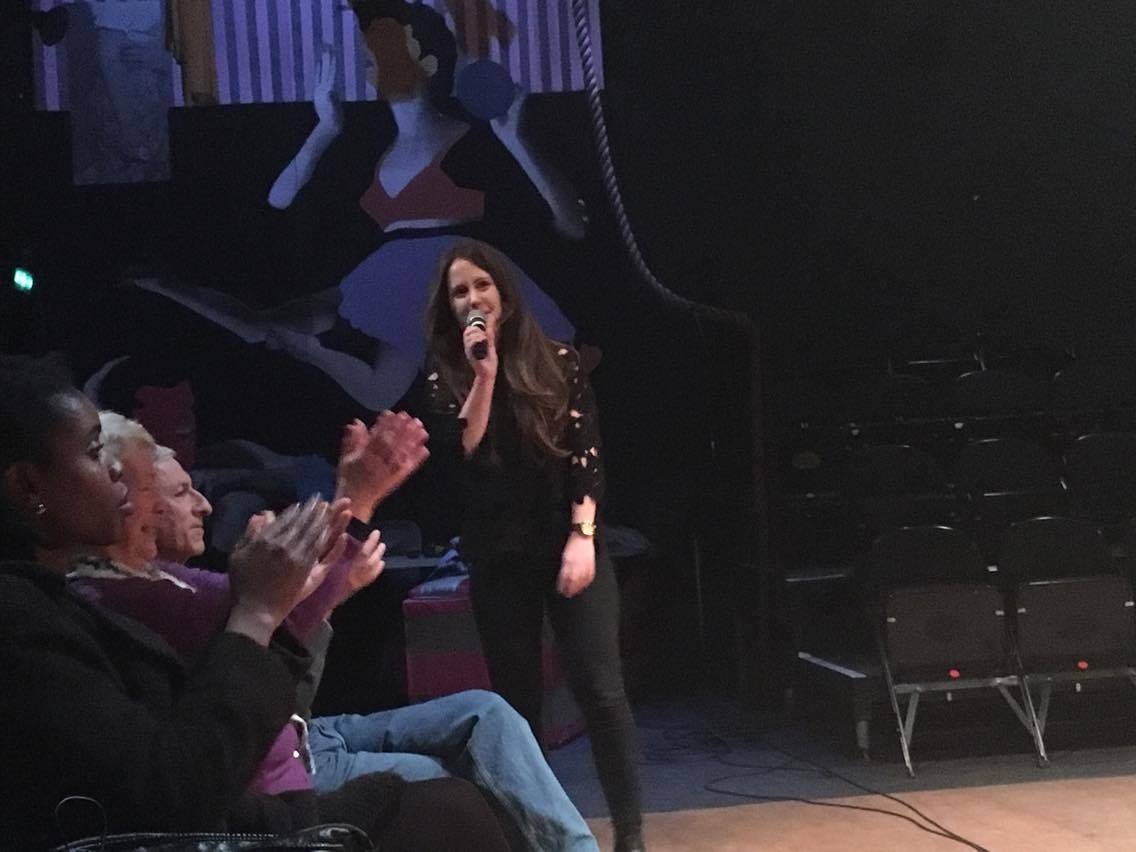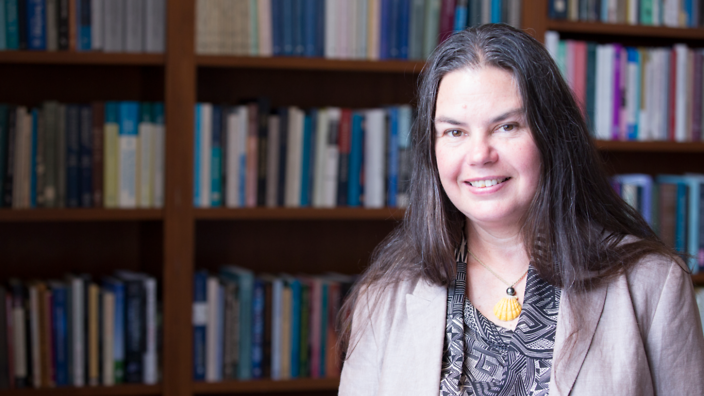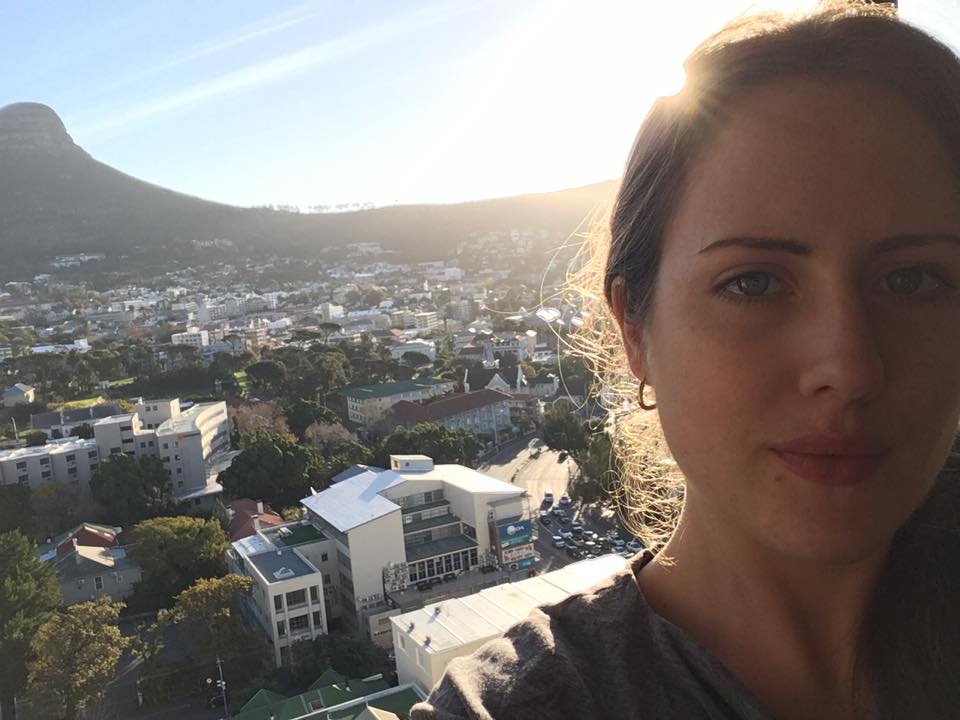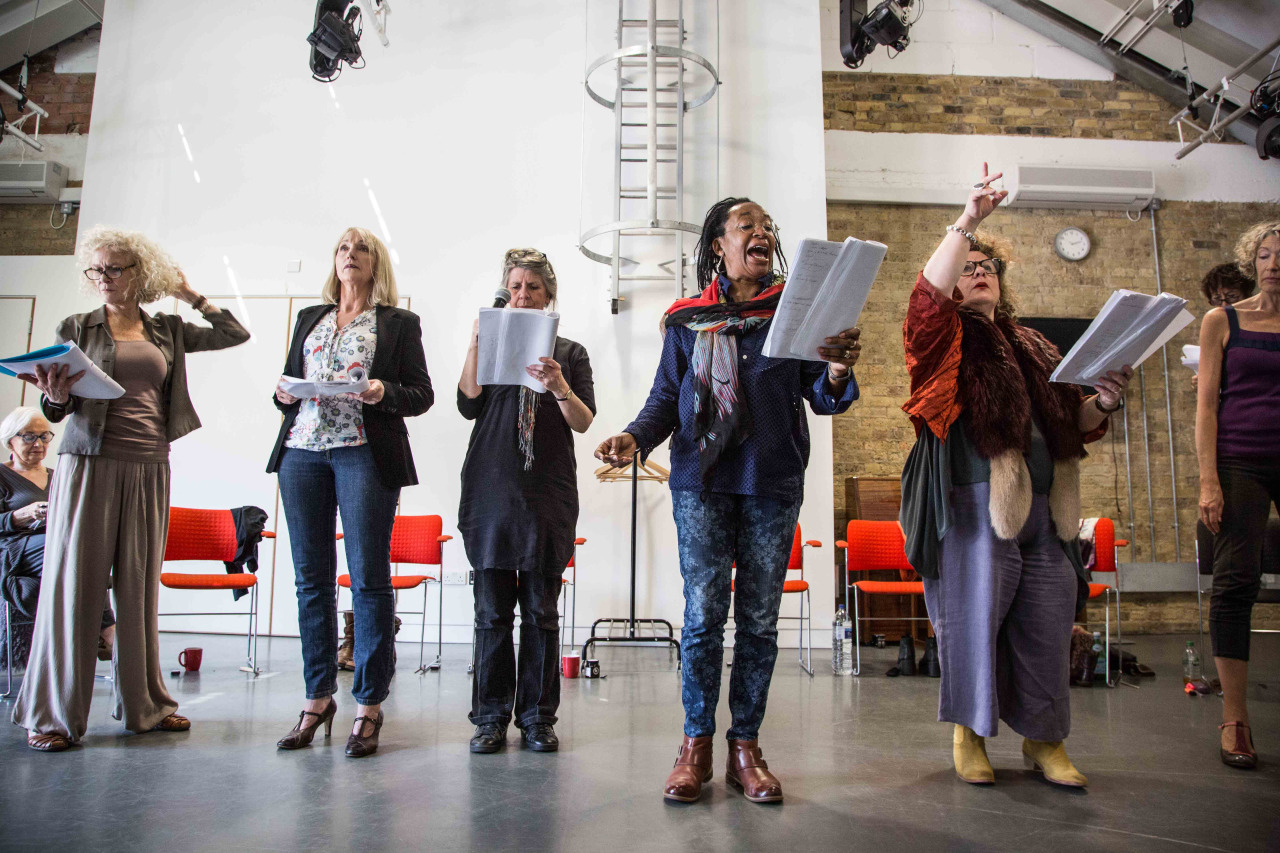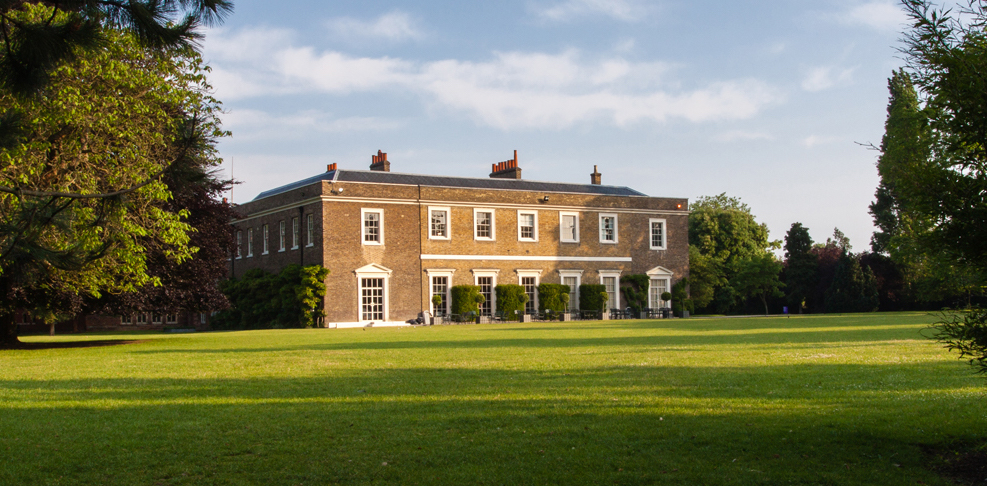This is a short autobiographical poem that I recently wrote as part of our storytelling process for my upcoming play Courage Songs.
I have a routine to prepare for change.
I turn on all the lamps in the house, put on some music, sit myself on the rug, in front of a window.
Take a duvet and leave it close by, for comfort.
I usually have a film on in the background that I know, and love – something a bit trashy, blooming with positivity, a romance too.
But I never really watch it. I sit there preparing for the storm.
It is like hearing the rain pummel down on a tin ceiling and knowing that you have to eventually walk out into it.
I was in Berlin, and it was 2013.
I have a routine to prepare for change.
I sit by my dog, wishing that I could tell him what was ahead. ‘You are going to be in a small box for 22 hours and then you’ll see me again. You are going to be looked after by a friend for five months while I find a flight for you’.
I didn’t know what was ahead, not really.
I was in Birmingham, and it was 2020.
I have a routine to prepare for change.
I pack up all of my photographs, taking them out of their frames and placing them in an envelope, for new frames.
When I unpack them, I was in Perth, it was 2022.
I had to give my books to charity.
I try not to own books now.
I have a routine for dealing with change.
- November 20, 2023
- 0 Comments
- Practice as Research, Writing with communities
I have a routine to prepare for change
- March 22, 2023
- 0 Comments
- Practice as Research, Writing with communities
Migration and my songs of courage
- June 23, 2022
- 0 Comments
- Activism, Practice as Research
Breathing through the feet premieres at National Arts Festival
- November 21, 2021
- 0 Comments
- Practice as Research, Writing with communities
Capturing courage
Location
UK: Ludgate Hill, Birmingham B31DW;
Australia: Mary St, Como 6152
Email me
claire(at)clairefrench.com
+44 (0) 7514 714 414
